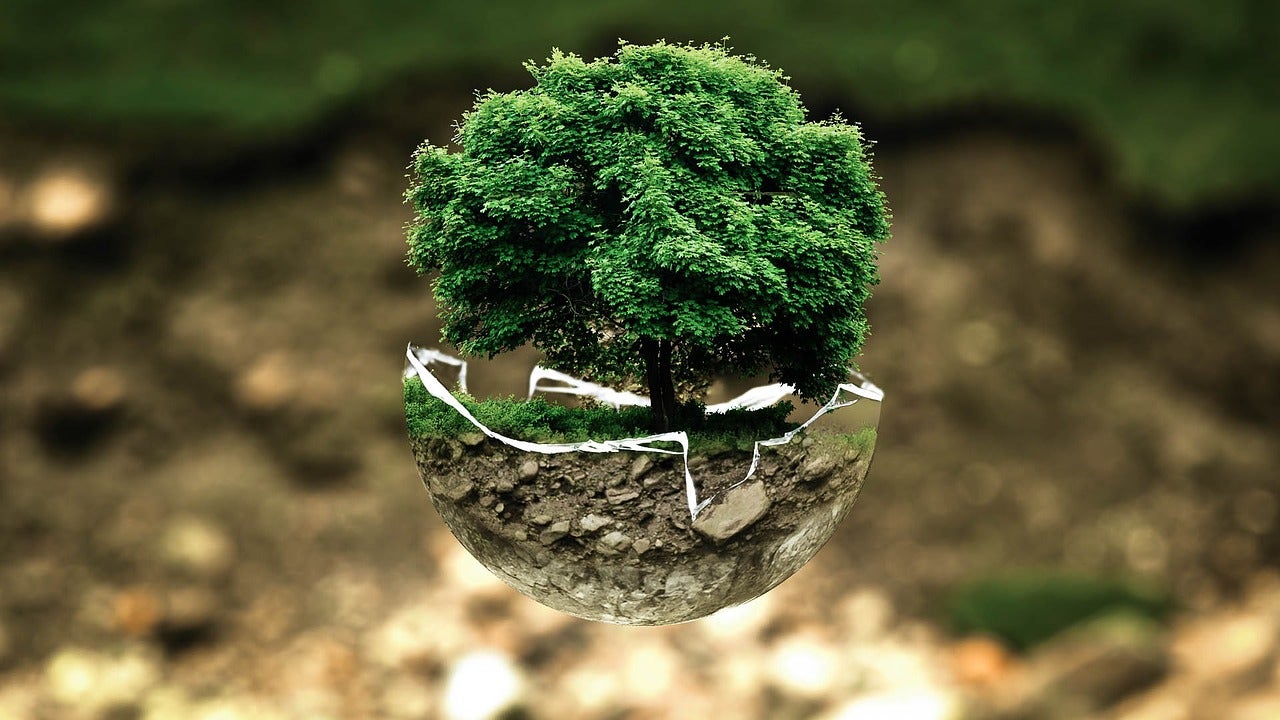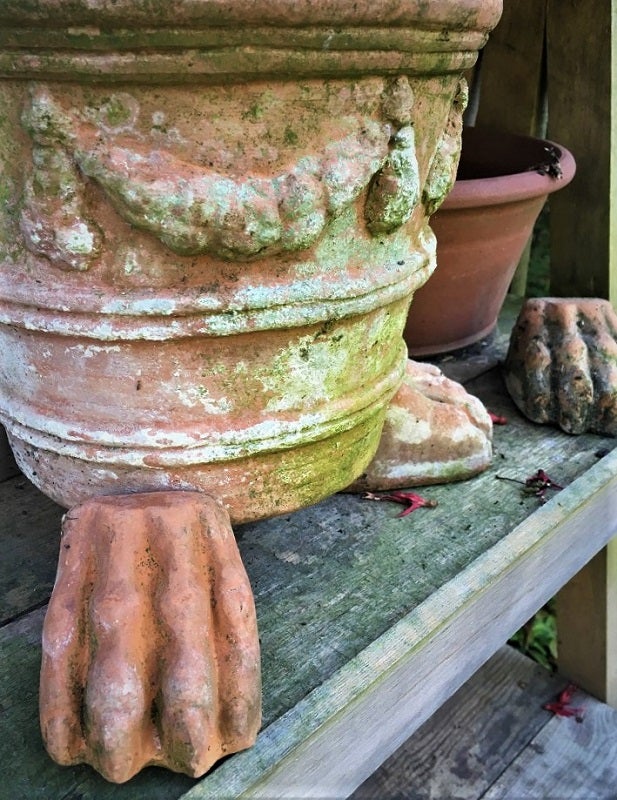How to plant a tree
Published 10:49 am Saturday, October 5, 2019
By Sheri Bethard
Orange County Master Gardeners Association
Today’s topic is a short course in the correct procedure for planting trees in our area. Orange County is in the Flatwoods Soil area, one of 21 Major Land Resource Areas in Texas. Our soils consist of either upland soils, which are mostly deep, light-colored, acid loams with gray, loamy, or clayey subsoils or bottomland soils are deep, dark-colored clay and acid loams.
Before planting any tree, look around your property and decide where to locate your tree. Determine the location of utility lines and DO NOT plant trees anywhere near or under any wires. When the tree matures, it will have to be cut for utility company access to their lines above or below. It will need space to reach its mature size and be in full sun. Fall and winter are the best times to plant while the trees are dormant having time to develop a root system, not expending energy growing leaves and roots at the same time, thus making a stronger tree.
Trees need space to grow not only for their canopy spread but also for their root spread. Not all tree roots go straight down. Trees have fine roots spreading out from the main taproot not far under the soil. These roots are for nutrient and water intake. This is why it is advised not to plant a tree then surround it with some type of hard surface. After a number of years, the tree will be stressed and die. Compaction of the soil around trees is also not suggested such as running construction machinery or constantly parking cars under trees. These roots are fine and damage easy, stressing the tree and it eventually dies.
If the tree is a bare-root, remove any dead or broken roots. If the roots are dry soak them for a few hours or overnight before planting. If you have an aquarium bubbler, adding this will help supply oxygen to the roots while they are soaking.
Recommended space for mature trees to have for spreading their roots:
- Small trees need at least 10 feet by 10 feet
- Medium trees need 20 feet by 20 feet
- Large trees need at least 30 feet by 30 feet
Supplies needed: shovel, compost, mulch, tree stakes and tree wrap (to prevent any damage from weed eaters).
At your selected site, dig a hole twice the size of the root ball or container the tree is in and never deeper than the height of the root ball. If planted to deep you could starve the roots from getting oxygen, which would lead to a host of problems. Save the soil you remove from the hole. If the soil in the hole is compacted loosen to a depth of about 6 inches to allow the roots to grow down easier.
Mix half of the soil from the hole with compost, mixing half soil and half compost. Start with some of the mix in the bottom of the hole, and then place your tree into the hole. If the tree is in a pot, it is best to cut the tree out of the pot, as this is less disturbing to the root ball over pulling the tree out of the pot by the stalk. If the roots are tightly compacted around the root ball, easily loosen some of them. In addition, remove some of the soil from around the trunk of the tree to make sure there are not any roots “girdling” the trunk. If there are, remove them, as they will strangle the tree eventually. Use a trowel to work into the root ball to determine there are not any roots girdling from a time when the plant was in a smaller pot.
Look for J shaped roots especially on bare-root or burlapped trees, if possible straighten them as they were made this way by cultivation in the fields.
Start filling up the hole alternating the soil mix and the non-mixed soil. Your tree will get the benefits of nutrients from the compost while adapting to the soil it will be living in. Lightly tap the soil so it is firm but not compact while filling the hole. You will probably have soil left over. With this soil, build a 4-inch berm around the edge of the hole. Fill the berm with mulch, shredded bark or compost. This helps hold water for the tree and keeps weeds down.
Most trees will not need to be staked, but if you feel the need, stakes on either side for support for the first year is fine. This does help the tree stabilized while roots are growing especially during the winter winds.
After planting, fill the bermed basin with water so it will soak into the ground and reach the root ball. For the first week after planting, lightly water the tree with about one pint to one quart of water, daily. The second week, increase to one or two quarts of water every other day. The third week, water with two to three quarts every third day. The fourth week and on water as needed. Your goal is to cut back on watering so the root system is eventually strong enough so the tree will thrive on natural rainfall. No need to fertilize.
If you plan on planting more than one tree, remember to give them space between for root and canopy growth. If a tree falls or dies, replace it with another tree. In a study of tree survival after hurricanes, native trees were found to handle the high winds better than non-native trees. Some good candidates for SE Texas are for the highest wind resistance are: Dogwood, American Holly, Crape Myrtle, Southern Magnolia, Live Oak, Myrtle Oak, Shumard Oak. For medium-high wind resistance, they are: River Burch, Red Bud, Fringe Tree (native, not Chinese), Common Persimmon, White ash, Sweet Gum, Sweet Bay Magnolia, Shumard Oak, and Black Tupelo.







